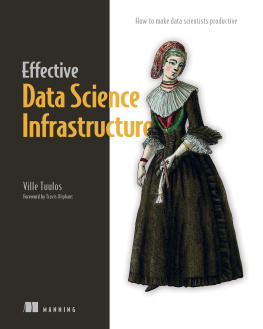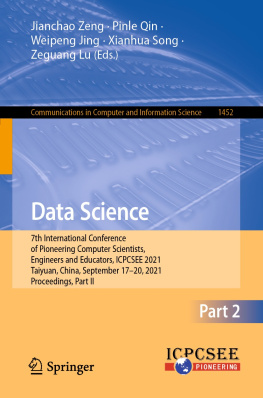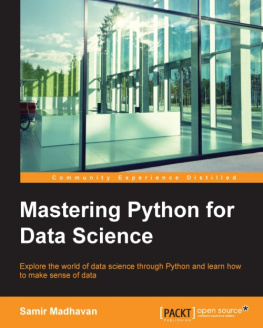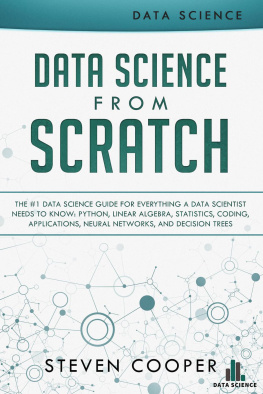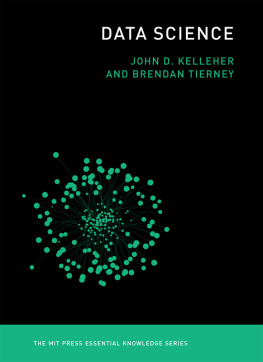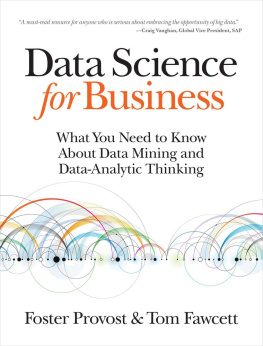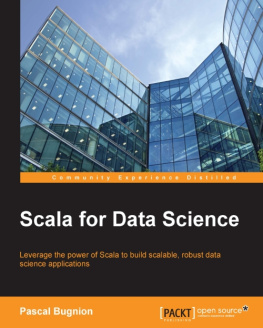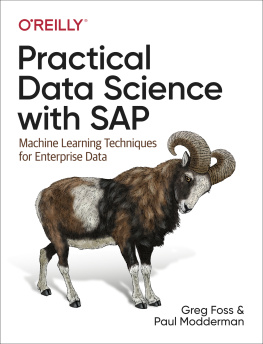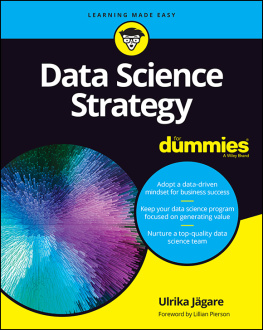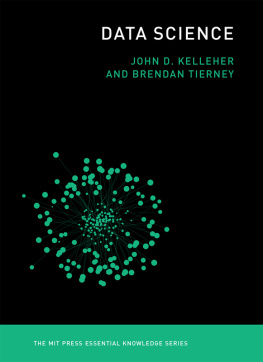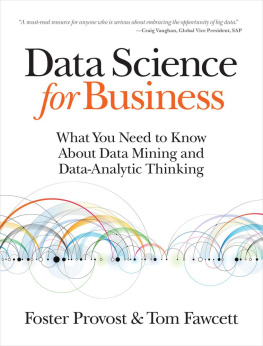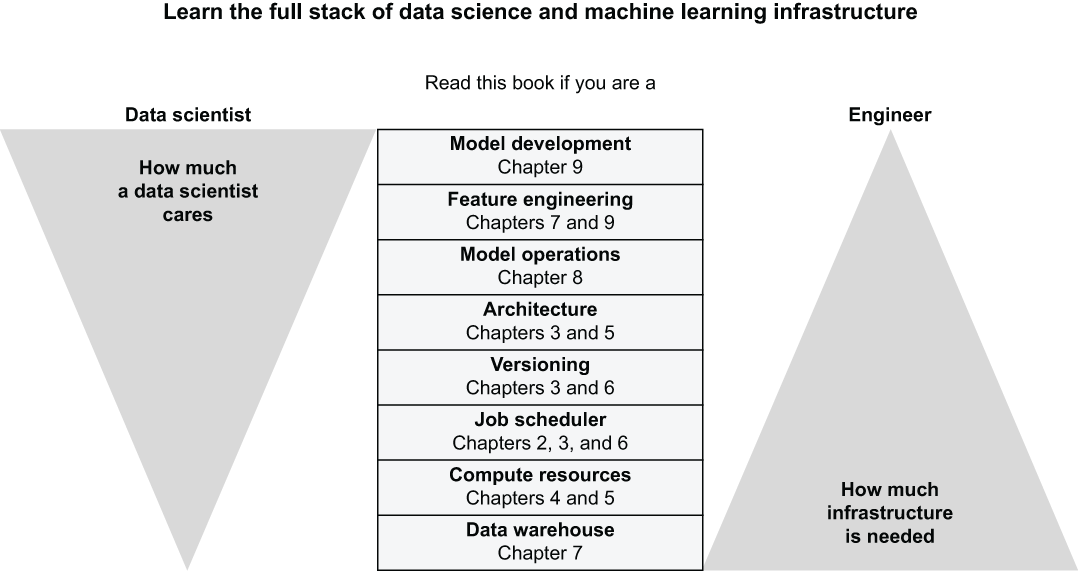Ville Tuulos - Effective Data Science Infrastructure: How to make data scientists productive
Here you can read online Ville Tuulos - Effective Data Science Infrastructure: How to make data scientists productive full text of the book (entire story) in english for free. Download pdf and epub, get meaning, cover and reviews about this ebook. year: 2022, publisher: Manning, genre: Computer. Description of the work, (preface) as well as reviews are available. Best literature library LitArk.com created for fans of good reading and offers a wide selection of genres:
Romance novel
Science fiction
Adventure
Detective
Science
History
Home and family
Prose
Art
Politics
Computer
Non-fiction
Religion
Business
Children
Humor
Choose a favorite category and find really read worthwhile books. Enjoy immersion in the world of imagination, feel the emotions of the characters or learn something new for yourself, make an fascinating discovery.
- Book:Effective Data Science Infrastructure: How to make data scientists productive
- Author:
- Publisher:Manning
- Genre:
- Year:2022
- Rating:5 / 5
- Favourites:Add to favourites
- Your mark:
Effective Data Science Infrastructure: How to make data scientists productive: summary, description and annotation
We offer to read an annotation, description, summary or preface (depends on what the author of the book "Effective Data Science Infrastructure: How to make data scientists productive" wrote himself). If you haven't found the necessary information about the book — write in the comments, we will try to find it.
In Effective Data Science Infrastructure you will learn how to:
Design data science infrastructure that boosts productivity
Handle compute and orchestration in the cloud
Deploy machine learning to production
Monitor and manage performance and results
Combine cloud-based tools into a cohesive data science environment
Develop reproducible data science projects using Metaflow, Conda, and Docker
Architect complex applications for multiple teams and large datasets
Customize and grow data science infrastructure
Effective Data Science Infrastructure: How to make data scientists more productive is a hands-on guide to assembling infrastructure for data science and machine learning applications. It reveals the processes used at Netflix and other data-driven companies to manage their cutting edge data infrastructure. In it, youll master scalable techniques for data storage, computation, experiment tracking, and orchestration that are relevant to companies of all shapes and sizes. Youll learn how you can make data scientists more productive with your existing cloud infrastructure, a stack of open source software, and idiomatic Python.
The author is donating proceeds from this book to charities that support women and underrepresented groups in data science.
Purchase of the print book includes a free eBook in PDF, Kindle, and ePub formats from Manning Publications.
About the technology
Growing data science projects from prototype to production requires reliable infrastructure. Using the powerful new techniques and tooling in this book, you can stand up an infrastructure stack that will scale with any organization, from startups to the largest enterprises.
About the book
Effective Data Science Infrastructure teaches you to build data pipelines and project workflows that will supercharge data scientists and their projects. Based on state-of-the-art tools and concepts that power data operations of Netflix, this book introduces a customizable cloud-based approach to model development and MLOps that you can easily adapt to your companys specific needs. As you roll out these practical processes, your teams will produce better and faster results when applying data science and machine learning to a wide array of business problems.
Whats inside
Handle compute and orchestration in the cloud
Combine cloud-based tools into a cohesive data science environment
Develop reproducible data science projects using Metaflow, AWS, and the Python data ecosystem
Architect complex applications that require large datasets and models, and a team of data scientists
About the reader
For infrastructure engineers and engineering-minded data scientists who are familiar with Python.
About the author
At Netflix, Ville Tuulos designed and built Metaflow, a full-stack framework for data science. Currently, he is the CEO of a startup focusing on data science infrastructure.
Table of Contents
1 Introducing data science infrastructure
2 The toolchain of data science
3 Introducing Metaflow
4 Scaling with the compute layer
5 Practicing scalability and performance
6 Going to production
7 Processing data
8 Using and operating models
9 Machine learning with the full stack
Ville Tuulos: author's other books
Who wrote Effective Data Science Infrastructure: How to make data scientists productive? Find out the surname, the name of the author of the book and a list of all author's works by series.

